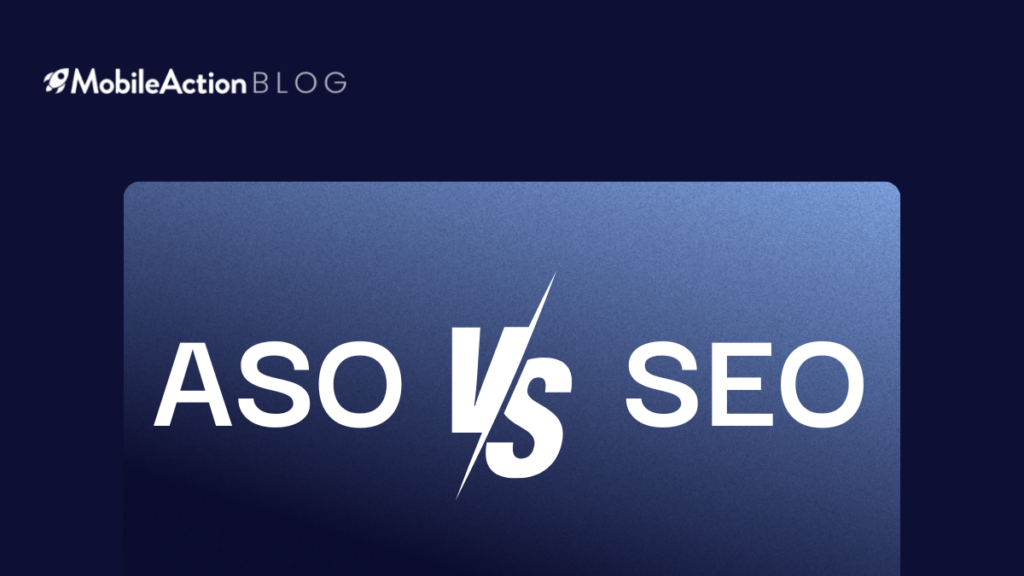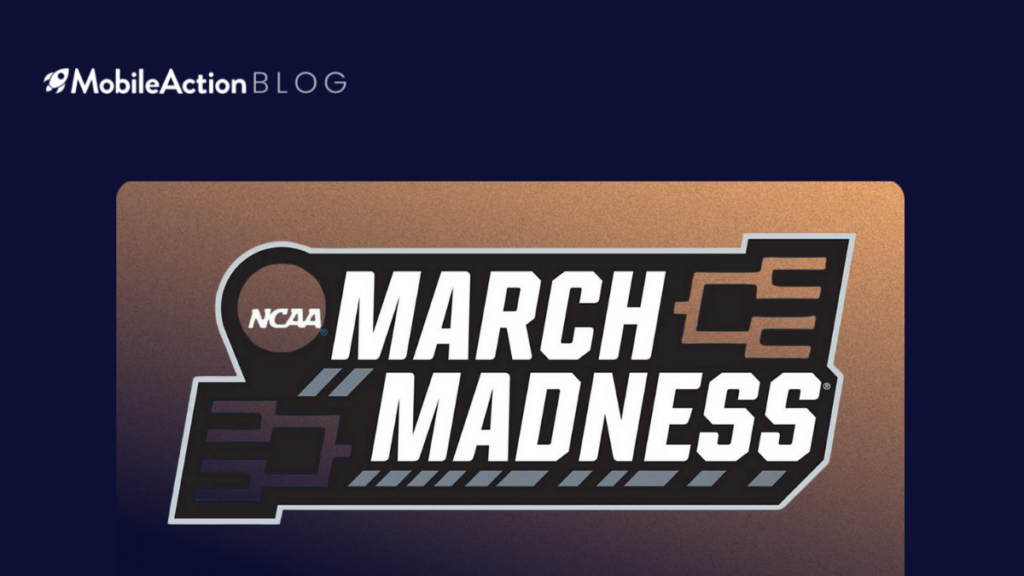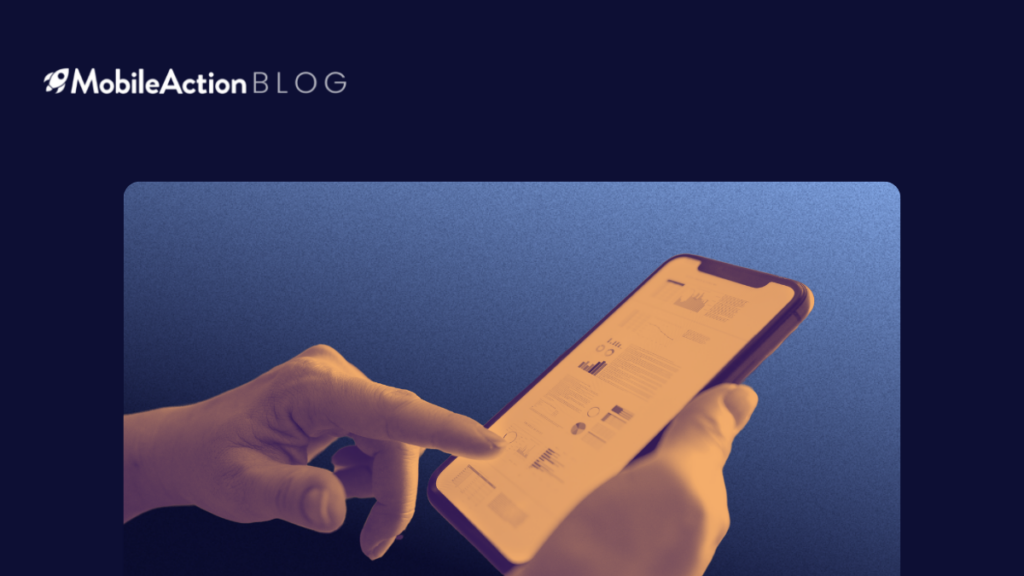We are running towards a world with decentralized finance however, whether it’s gold, dollar, or Bitcoin, there is no doubt that we are going to need some sort of currency to sustain our life. So, unless you are a philanthropist like Tony Stark, we assume that you want/need to earn money from your amazing app. So, you should learn how to monetize an app.
App monetization is basically the collection of methods you implement to create revenue from your mobile app. Some of the most popular ways of app monetization are in-app purchases, in-app advertising, or charging money for the download, as known as paid downloads.
The use of App Monetization models can vary from one category to another. While in-app advertising works wonders for gaming apps, it may not be the best monetization model for a finance app. After reading this article, you will have a better idea of the most popular monetization methods and their implementations for different types of mobile applications.

Why is App Monetization Important?
The very first reason is, of course, earning money. You have to generate money to keep your business running. And, app stores are highly dominated by free apps. If charging money for the download is your only game plan, get ready for hard knocks. Because the competition will be tough for you.
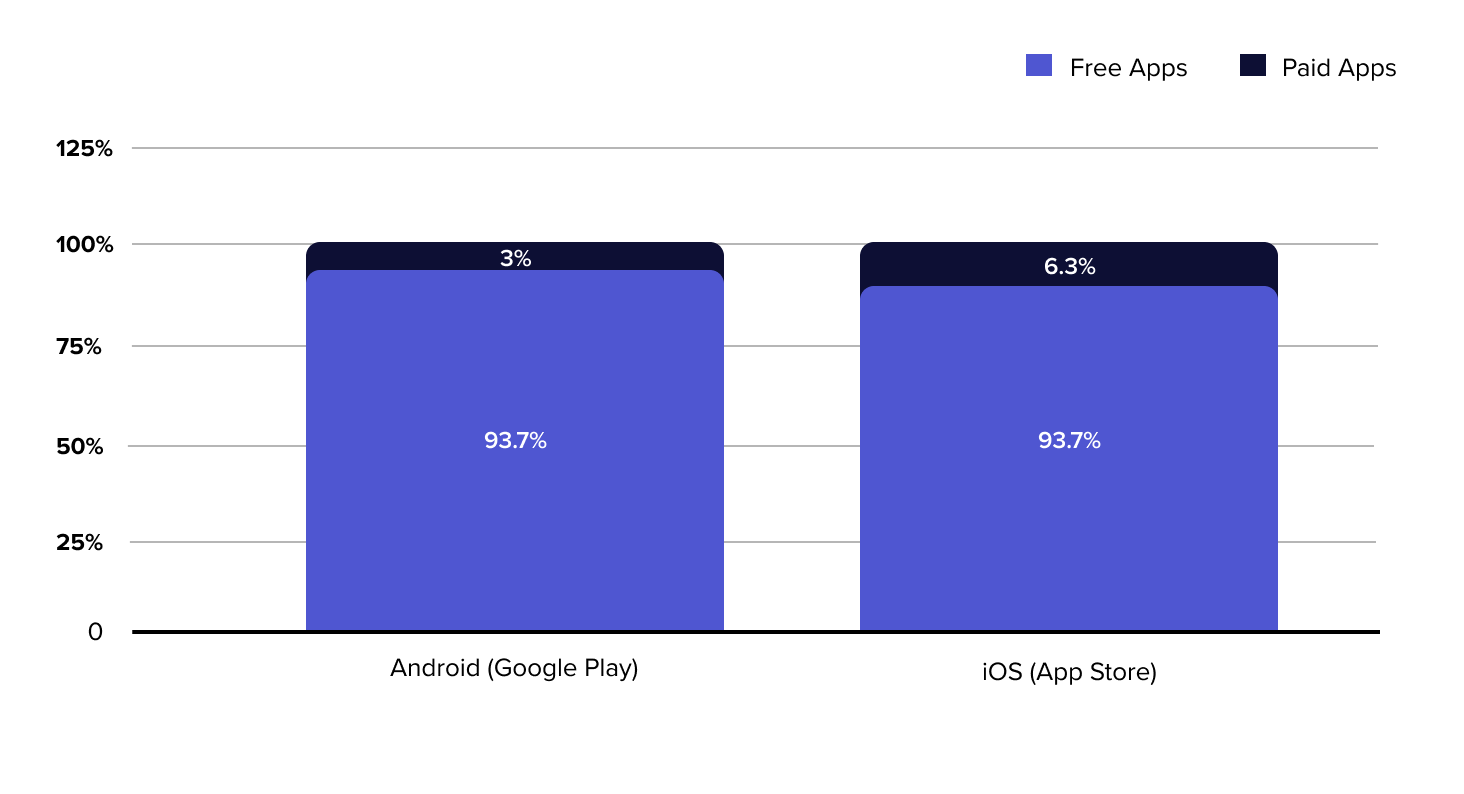
This is the distribution of free and paid apps in the app stores as of December 2021 according to Statista. The primary reason is that people don’t like to spend money on apps that haven’t gained their trust yet. Especially when they can get a similar service for free. However, apps continue to generate billions and billions of dollars over the years, growing at a rapid pace. Clever app monetization strategies are surely a factor in this surge of revenue.
Considering that the number of paid apps has been decreasing over the last few years, app developers must have found out that app monetization can be done in more sophisticated but user-friendly ways, right?
Therefore, if you want to keep up with the competition, you too must find a suitable method to monetize your app.
Moreover, app monetization if done right improves user experience. The better the user experience, the more users you’ll attract. In other words, a successful app monetization can also help you with mobile user acquisition.
How to Prepare for App Monetization?
As mentioned above, there are several methods for app monetization, however, not all of them might be suitable for every app. So before we look into app monetization strategies, we should do some research.
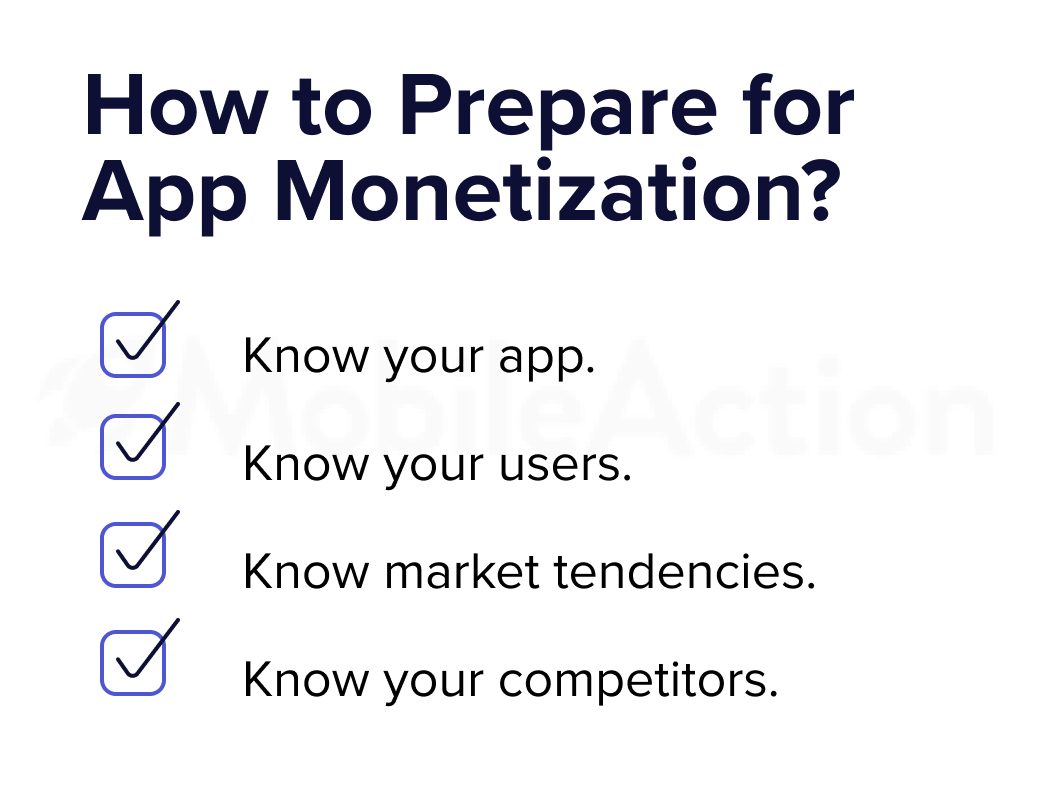
First and foremost, you have to know your app. What value propositions do you offer and to whom?
After answering these questions, you can identify your target users and their behavior. App monetization strategies may yield different results for audiences of different ages, demographics, or social backgrounds.
The platform holds a great deal of importance as well since Apple and Android users have different behaviors. For instance, according to the research of Appsflyer, iOS users are more inclined to spend money than Android users.
Last but not least, how do your competitors monetize their apps? Which models do they utilize? Subscriptions, in-app purchases, or something else? Do these techniques bring desired results? Do users complain about the app monetization method? If so, can you find better alternatives or simply provide better subscription rates?
If you don’t know where to start or how to find your competitors, here are a few ideas.

With Keyword Explorer, you can search for keywords that you would like to rank for and find which apps are alreayd ranking for them.
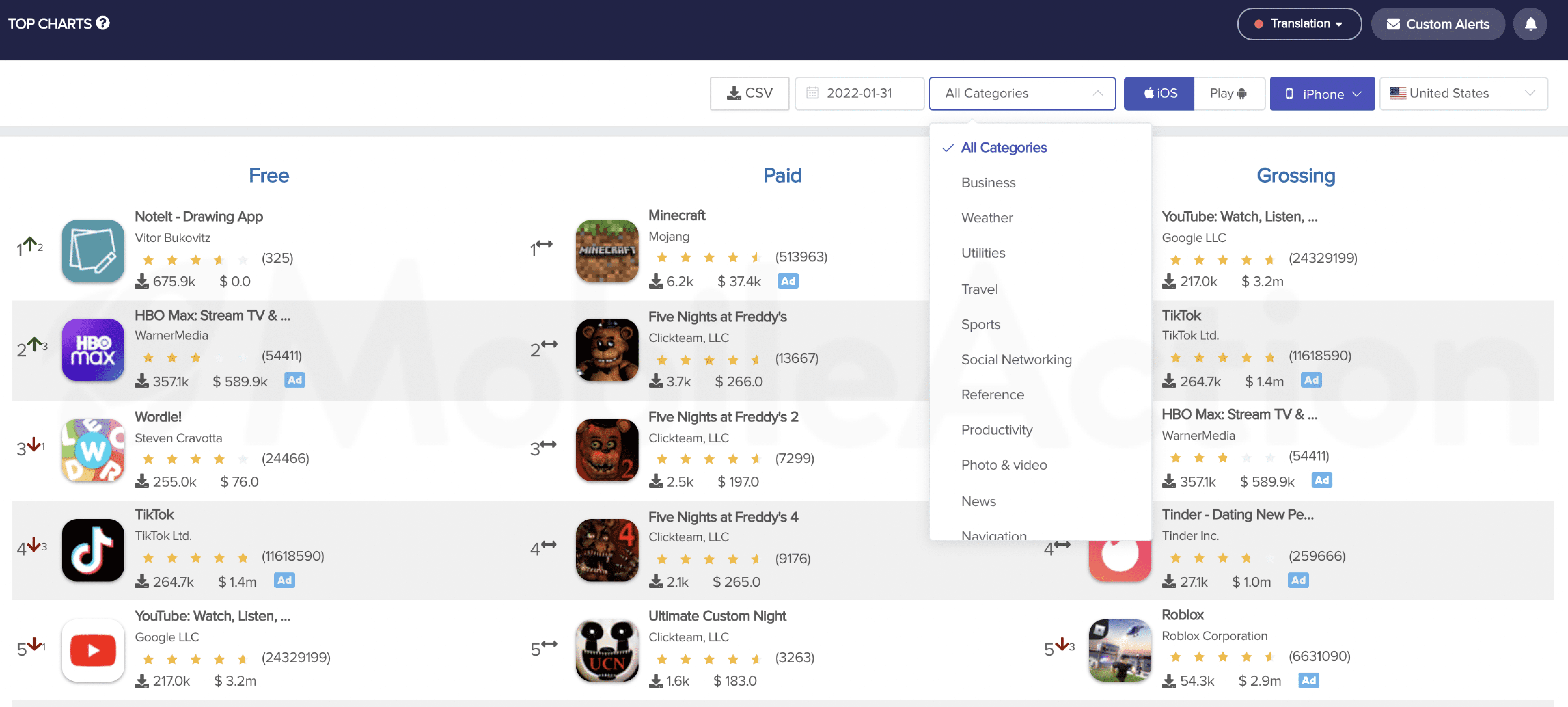
Or you can take a look at the Top Charts where you can filter the search results by platform, date, country, and category. This way, you can find the top dogs in your category and analyze their strategies.
What about complaints, right? By examining app reviews & ratings, you can see in an instant how users react to the services of your competitors.

For instance, above you can see some unsatisfied reviews. Apparently, this app is utilizing too many ads for monetization which is hurting their user experience. Even if indirectly, a frustrated user base and negative reviews on your product page can be hurtful for your user acquisition efforts. For instance, lower ratings will always put downward pressure on your conversion rates.
App Monetization Strategies
Now that you have some idea of what you are getting into, let’s begin discussing strategies for how to monetize an app.
Paid Downloads

You can monetize your app by demanding a one-time fee for the services of your app. With this model, you can generate instant revenue however, it has some disadvantages.
Firstly, people might not want to pay for an app that they didn’t use. Similar to The Foot-in-the-door technique, you should start with a free version.
“Let’s start small, try this free version first. If you want more, you can get the paid version here.” seems to work better than “Pay now, and if you don’t like it, well oops.”
With a free version, users can get used to your app so they can decide better whether or not to buy it. Since this is a more reliable approach, it can generate more revenue in the future.
Secondly, instead of getting paid once at the beginning, you can monetize your app in small amounts but on an ongoing basis. This means more revenue is possible in the long run with other models.

Freemium / Subscription Monetization
If paid downloads weren’t good enough for you, you can try the subscription model. You can offer subscriptions for different periods such as monthly, 6 monthly, and yearly.
Similar to paid downloads, people probably won’t want to subscribe to an app they don’t know. So, offering a free trial or a freemium model will be beneficial for convincing users to subscribe. But make sure that your freemium is engaging and persuasive enough to make the sale. For this matter, determine how much content you want to share, which features you want to make accessible.
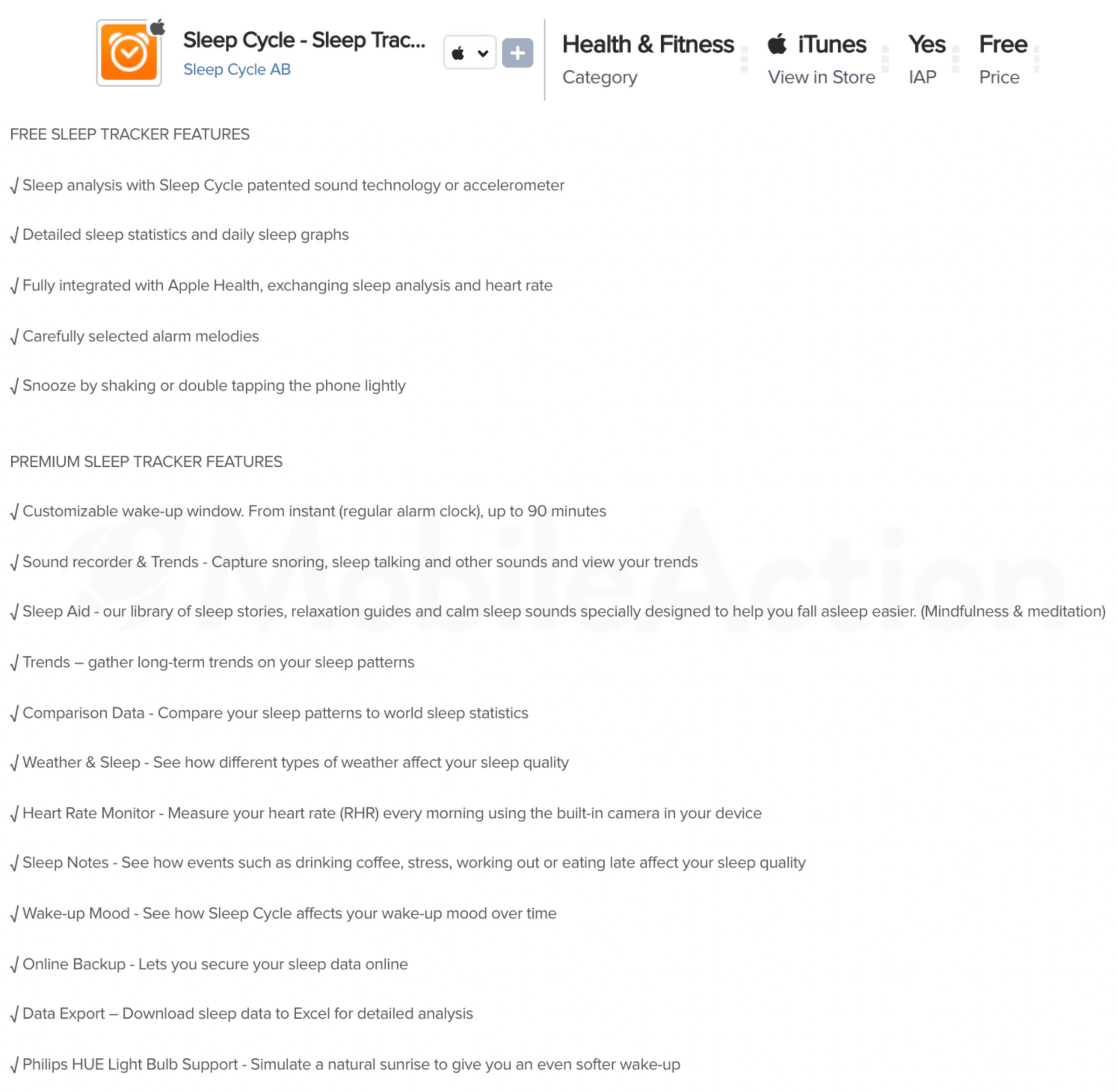
For instance, Sleep Cycle monetize their app with the freemium model. You can utilize a few features of the app, see if you like it or if it solve your problem. And then, if users are happy with the service and want more, they can get the premium.
Freemium and subscription models are highly popular among health and fitness, news, and education apps. These models are also a good way of ensuring user retention. If they say yes to yearly subscriptions, they will probably come back more often.

In-App Advertising
This model is how you monetize apps with ads is highly utilized among apps. It is based on the idea of showing ads on your app and earning money from it. Plus, it is highly profitable since people are getting more attached to their smartphones every single day. The more they use their smartphones, the more ads they can see. And the more ads they see, the more money apps can make.
This method is especially useful for Hyper-Casual games since games can monetize ads by showing ads in between rounds.
However, In-App Advertising comes in many forms and you should implement to most suitable ones for your app.

Banner Ads
Banner ads are usually placed at the top or bottom of the screen. It is probably the most user-friendly option as it does not interrupt the interaction and does not disturb the user.
However, banner ads have been around for a long time and people have unintentionally developed blindness for them. Yes, Banner Blindness is a real thing. Since people know the top and bottom are utilized for banner ads, they unconsciously ignore the information there, which is called Banner Blindness.
For this reason, apps don’t prefer banner ads as much as other in-app advertisement options. So if you are going to go with banner ads, make sure that you implement strong Call-To-Action and catchy graphics for better results.
Interstitial Ads
Interstitial ads can be in image or video format.

And, Insterstitial Ads, unlike banners, interrupt the user experience so they can be annoying if they appear too often. For this reason, you should find the right moments to implement them. For instance, if it’s a game, you can implement them in every 3-5 stages to avoid disturbance.
Rewarded Ads
The attention span is very short and just like you did above, most people don’t watch videos to the end. Unless you offer them something in return. That is why rewarded videos are great. Because the advertisers have enough time to explain their value propositions.
For example, you are playing a match-three, get very close to the next level but time has run out. At this point, the application will offer you a rewarded ad. If you watch it until the end, you will have one more chance to complete that section. And the app will earn money. Win-Win. Similarly, Interactive or Playable ads are also great for maximizing the engagement you get from users.
In-App Purchases
The mobile app industry loves the In-App Purchase model. First of all, the app is free in the store so users hit the download button more easily compared to paid downloads. This is the first benefit. Secondly, you can generate a lot more revenue in the long term.
Users can pay for the locked features, buy gems or skins, or spend money to get another playing opportunity. Or, my personal favorite is that users can pay for an experience without ads. At this point, you simply say that you have to make money one way or another so either watch ads or pay to remove them.

For instance, you can see top in-app purchases of High Heels by Zynga through our App Intelligence. No Ads being the most popular option shows how much users care about the user experience.
This model is more suitable for games and health and fitness apps where you can offer extra features to users who want to parlay the app in the best way possible.

Service Fee Model
Any investors would be familiar with this model. Finance apps that give access to stock markets and offer transactions utilize this method.
For instance, Crypto coins are in the bear market now. And you may want to seize the opportunity(This is not an investment advice in any sense). So, you download Binance, and order to buy a certain amount of Ethereum. Binance will generate revenue from your transaction by applying a service fee.
The model is also popular among shopping apps. For instance, Getir which is a shopping app offering fast delivery for food and grocery orders charges a service fee. This app monetization model is highly preferred by shopping apps ass well.
Therefore, if your app has features that improve the process of daily life such as online payment or mobile investment, the Service Fee model can work impeccably for you.

Email and SMS Marketing
Email and SMS marketing are indirect and long-term techniques of app monetization. Collecting emails and contact information can give you the ability to build customized marketing campaigns. Therefore, you can address your userbase better and improve the user experience.
Unlike the models above, these approaches are more of subsidiary elements and you should combine them with the app monetization model that fits the best to your app.

Takeaways
- Both the App Store and Google Play consist almost entirely of free apps.
- Successful implementation of app monetization models can increase user experience and bring more revenue.
- With App Intelligence, you can easily track the reviews and ratings of your competitors so you can find out problems in their strategies and optimize your own.
- App Monetization should be compatible with the type of the app, audience, and mobile platform.
- Freemiums and free trials help users to get accustomed to the app so they can decide to go premium more easily.
- Market Research and Competitor Analysis are of great importance for developing a mobile app monetization strategy that responds to the competition.
If you want to build a successful app monetization strategy for your app, feel free to utilize our tools and sources. All you have to do is schedule a demo now.

